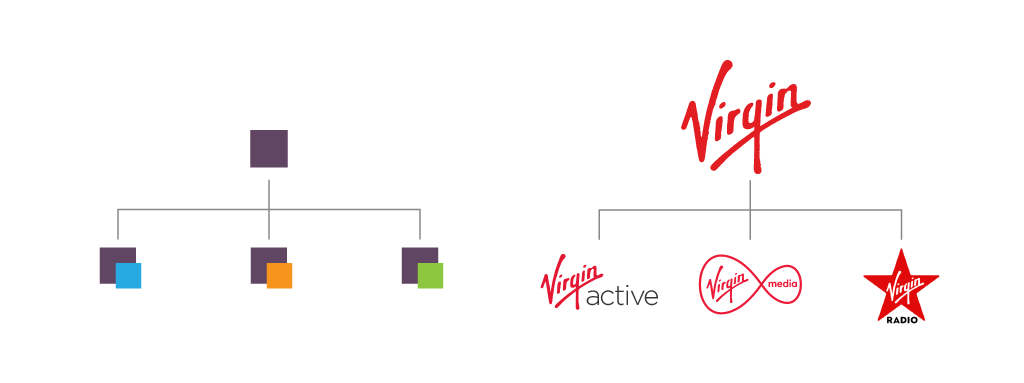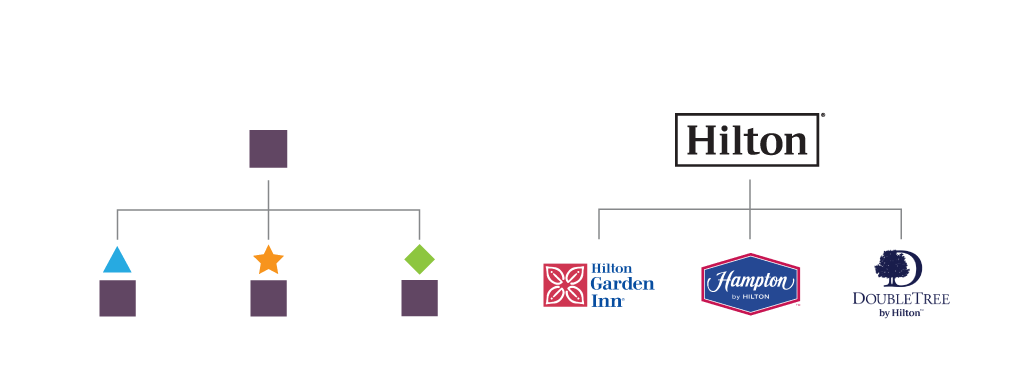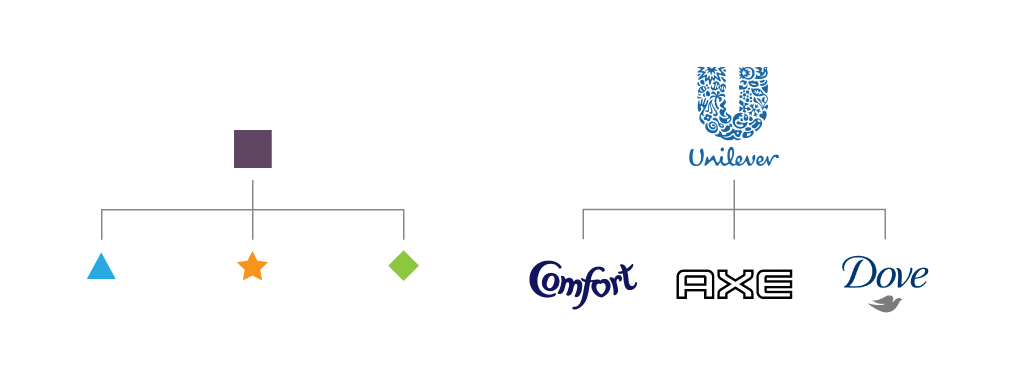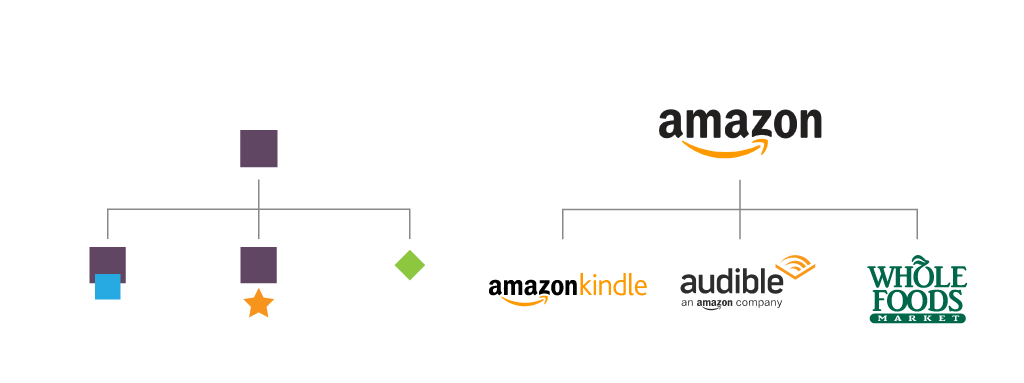Using a brand architecture strategy is an effective way for a company to communicate its value, create competition among its brands, and establish a unique brand identity in the market. Brand architecture involves organizing the brands within a company, showing how they are connected and distinct. This strategy helps companies manage their brands in a competitive market.
A company can enter new markets more easily by leveraging the trust in its parent brand. Including sub-brands in marketing leads to better results by emphasizing and targeting key product features. This approach makes product options more transparent for customers, providing them with a clear understanding and simplifying their decision-making process, enhancing their comfort in choosing the right product.
Brand Architecture Model Variations
When determining the most suitable brand architecture for a company, several crucial factors need to be considered. These include the company’s size, the industry in which it operates, and the target market it aims to reach. When implemented effectively, each type of brand architecture has the potential to significantly impact the company’s overall success and market positioning.
Branded House
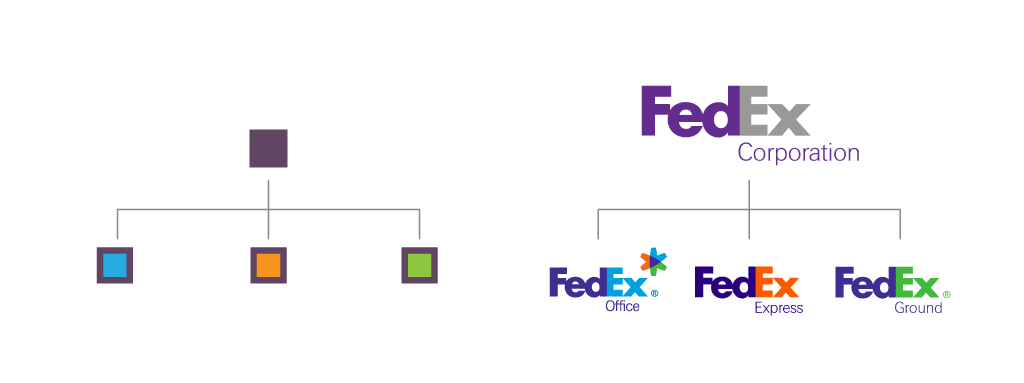
In the branded house architecture, the dominance of the parent brand is paramount, with all sub-brands being intricately linked to it. This strategic approach is widely embraced by companies aiming to forge a powerful brand identity and uphold uniformity across diverse products and services.
Sub-Brands
A sub-brand is a distinct brand that operates under the umbrella of a more well-known parent brand. Sub-brands are commonly created to target specific market segments or to launch new products or services that deviate from the parent brand’s core offerings. This approach allows the parent company to leverage its existing brand recognition and customer base while reaching new audiences with tailored or innovative offerings.
Endorsed Brand
In an endorsed brand architecture, the parent brand openly supports and endorses the sub-brand while allowing the sub-brand to maintain its distinct identity. Companies commonly utilize this approach to harness the parent brand’s existing equity, enabling them to successfully introduce new products or penetrate new markets with the backing of the established brand.
House of Brands
In a house of brand architecture, each sub-brand operates autonomously with its unique identity and positioning. This strategy allows companies to effectively target diverse market segments with tailored brands, maximizing their reach and appeal.
Hybrid Brands
A hybrid brand is a sophisticated brand architecture strategy that integrates aspects of branded houses and brands’ houses. This approach allows companies to capitalize on the unique advantages of each model, creating a powerful and versatile brand framework.
The Value of Brand Architecture Strategy
The benefits of a brand architecture strategy include reducing marketing costs by eliminating the need to launch multiple brands simultaneously, increasing flexibility for future product and service expansion, and bolstering confidence among stakeholders by clearly communicating what makes each part of your business distinct, which builds trust with customers, investors, and other essential stakeholders.
Key Considerations for Brand Architecture Planning
When considering your brand architecture, it’s essential to think about various factors, including the organization’s objectives, which system brands are responsible for value creation and where the value will come from in the future, the different audiences the system’s brands communicate with, and how similar or distinct their needs are. It’s also crucial to consider how the organization intends to manage risk, the company’s desired image, and how many layers in the hierarchy must accommodate the different brands, alliances, ingredients, varieties, and ranges the organization intends to use.
When deciding on the best strategy for you, consider whether you are trying to connect with a new demographic, aiming to create a significantly different experience for consumers, and needing to radically change the marketing approach and messaging for your new product or service.
Brand Architecture Strategy Expertise
Brand architecture can be a complex task. Understanding and defining your brand often requires input from experts outside of your team. We strongly recommend working with us for your branding and marketing efforts. We can help you define your architecture framework, develop a consistent implementation plan, and align your teams on shared direction and priorities.


